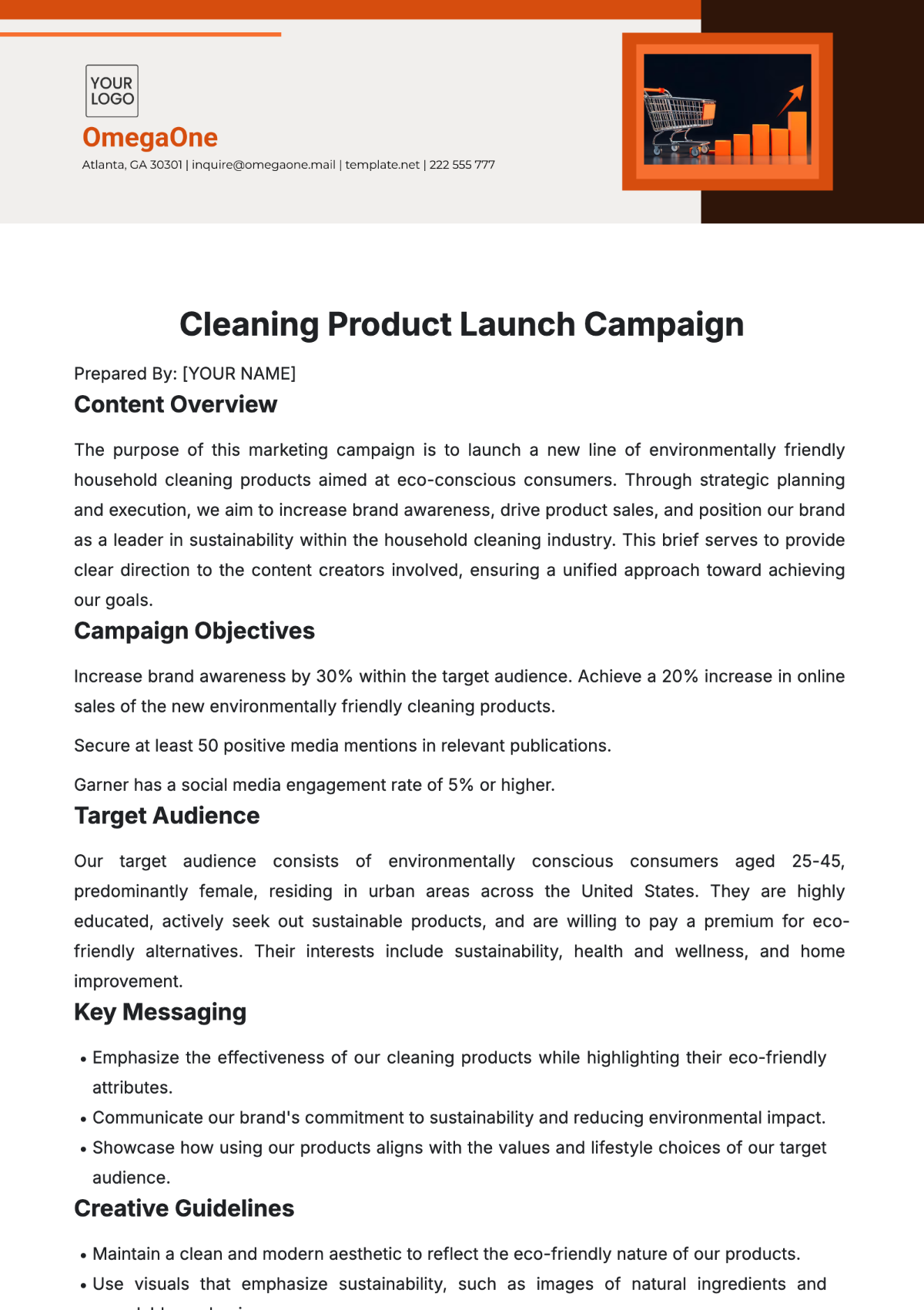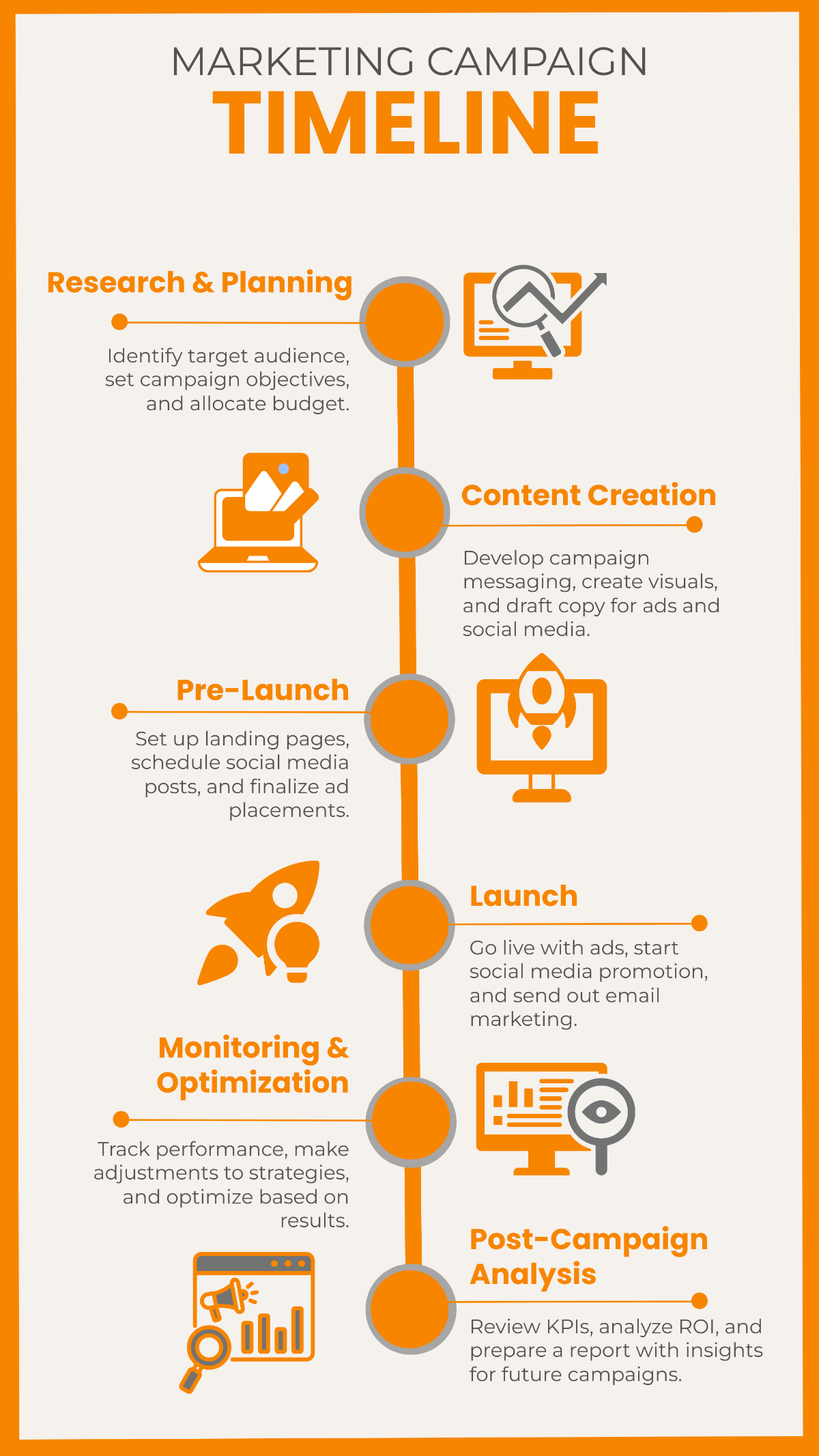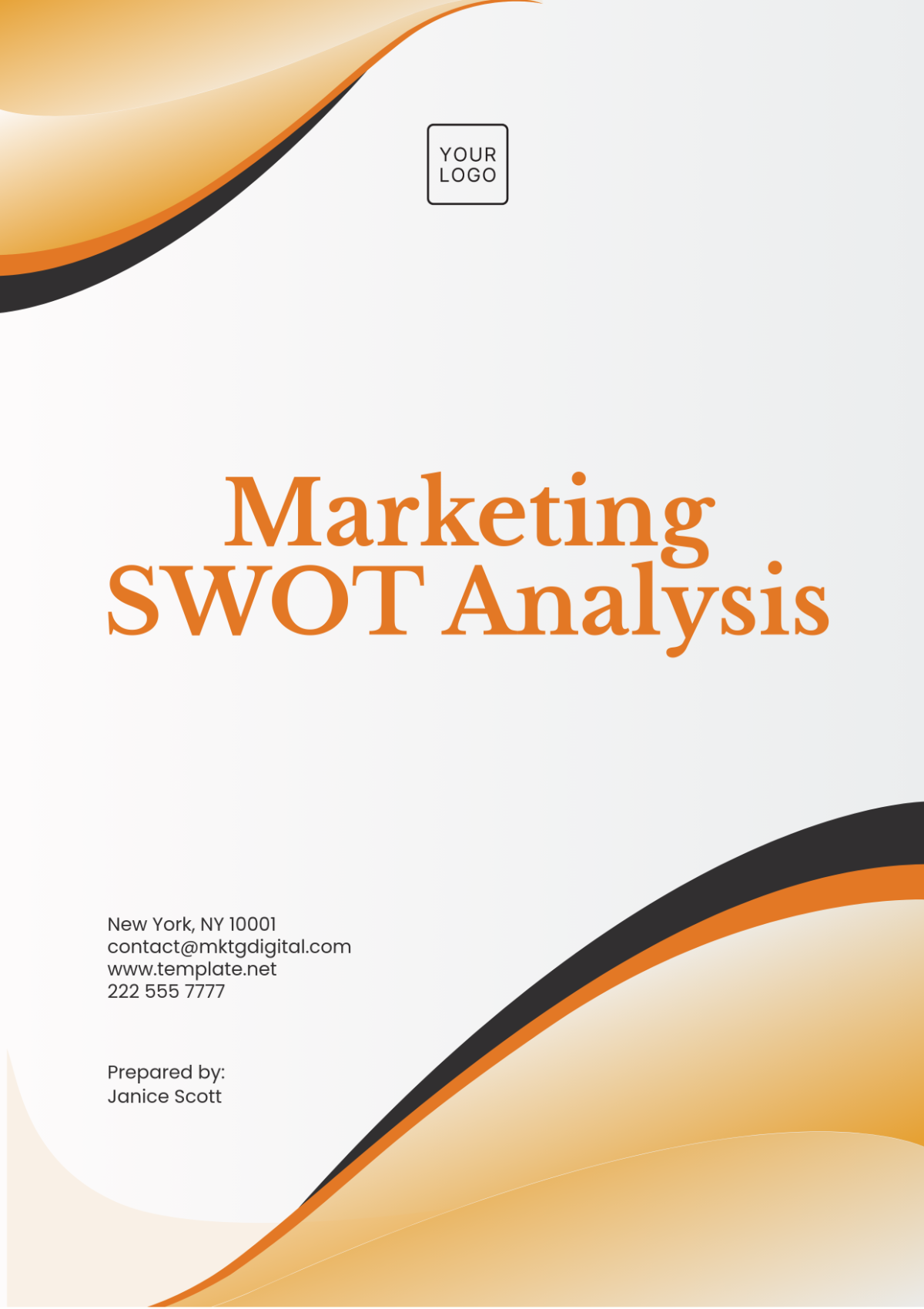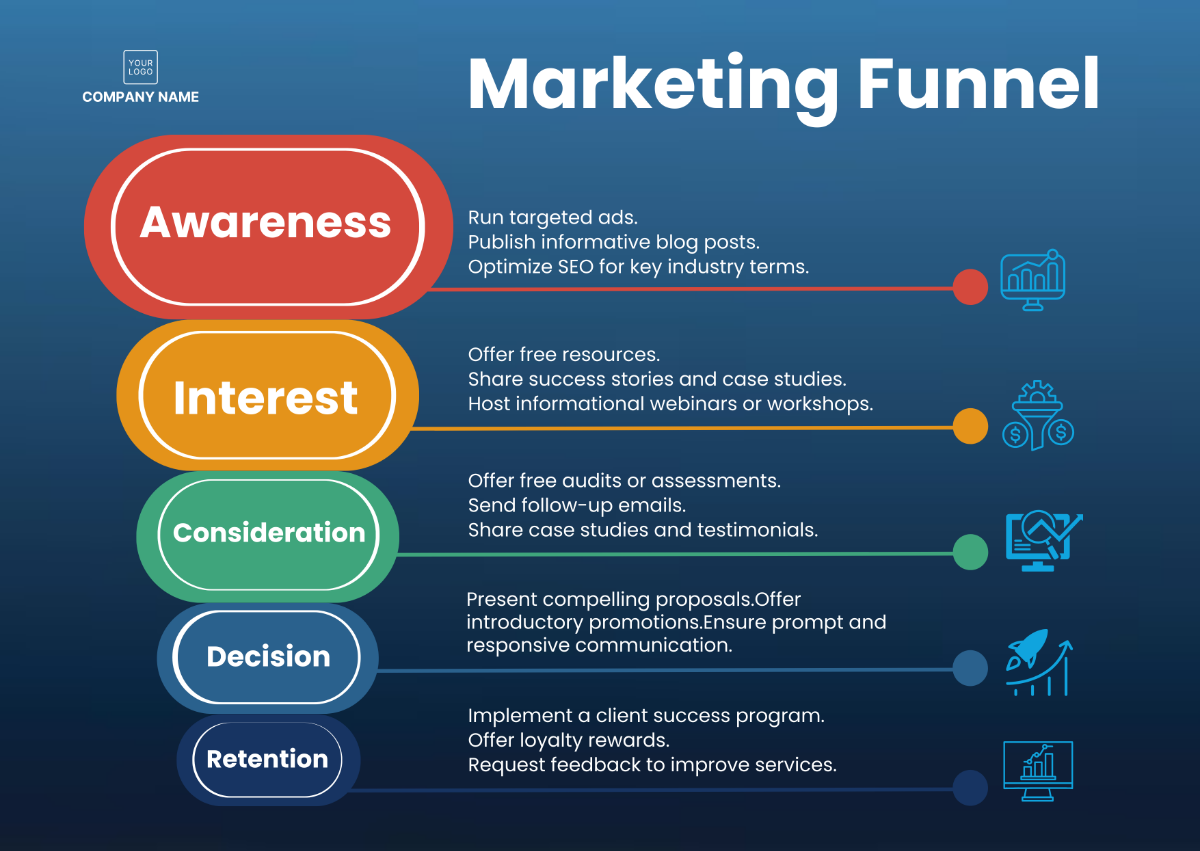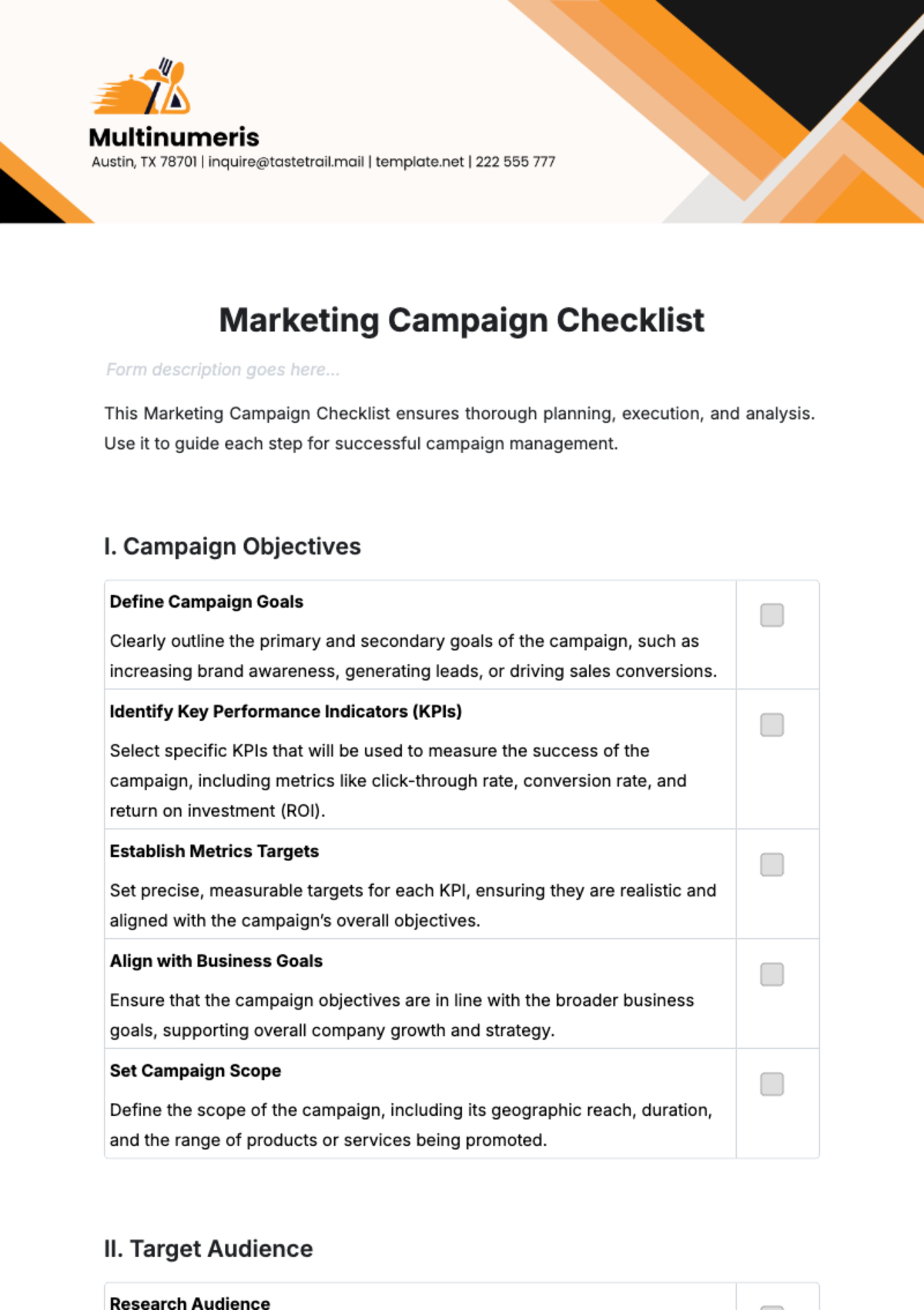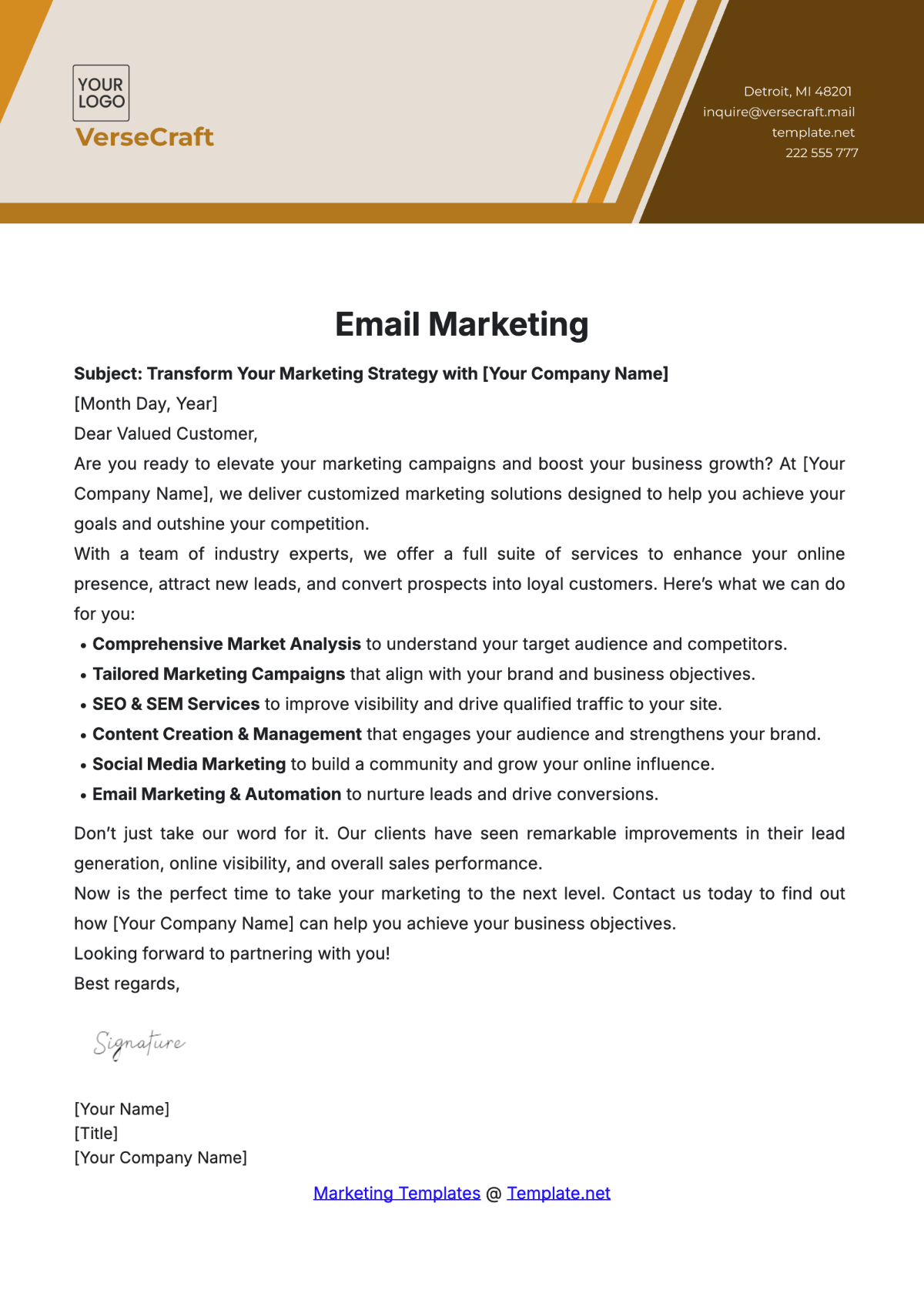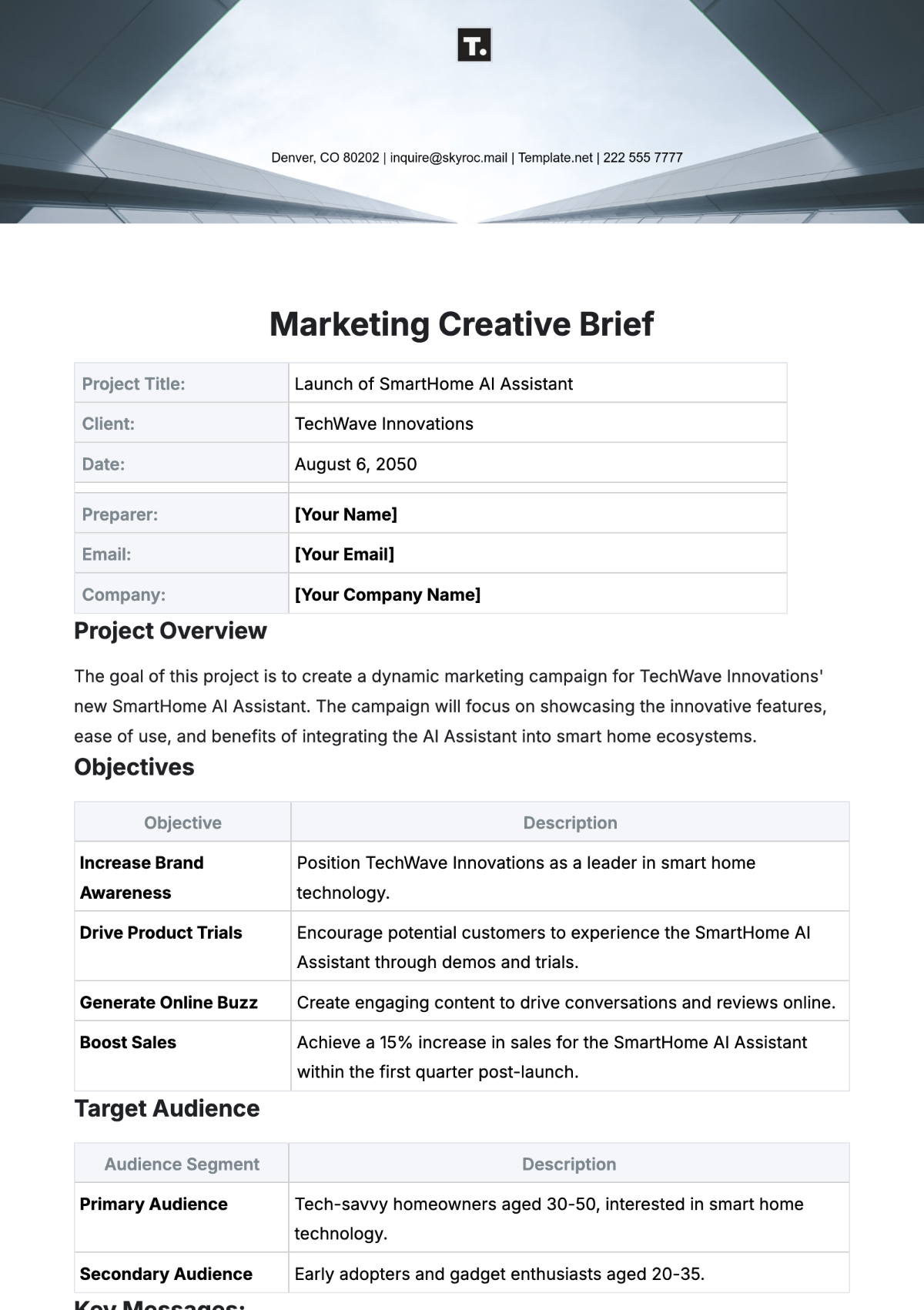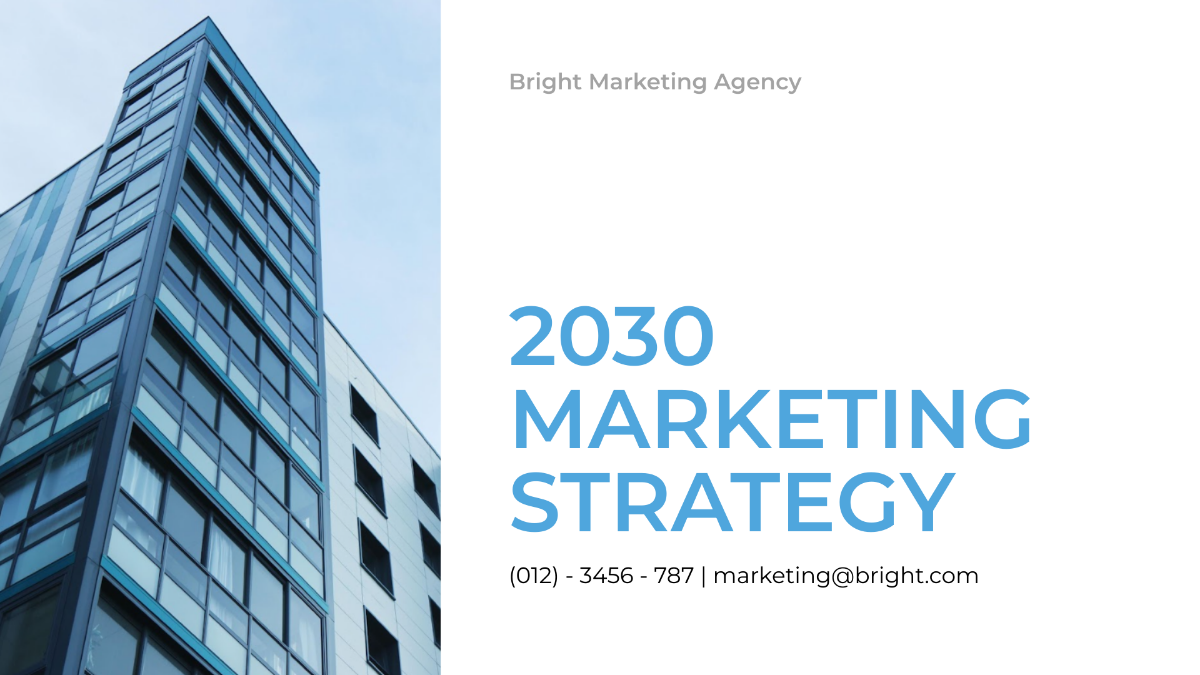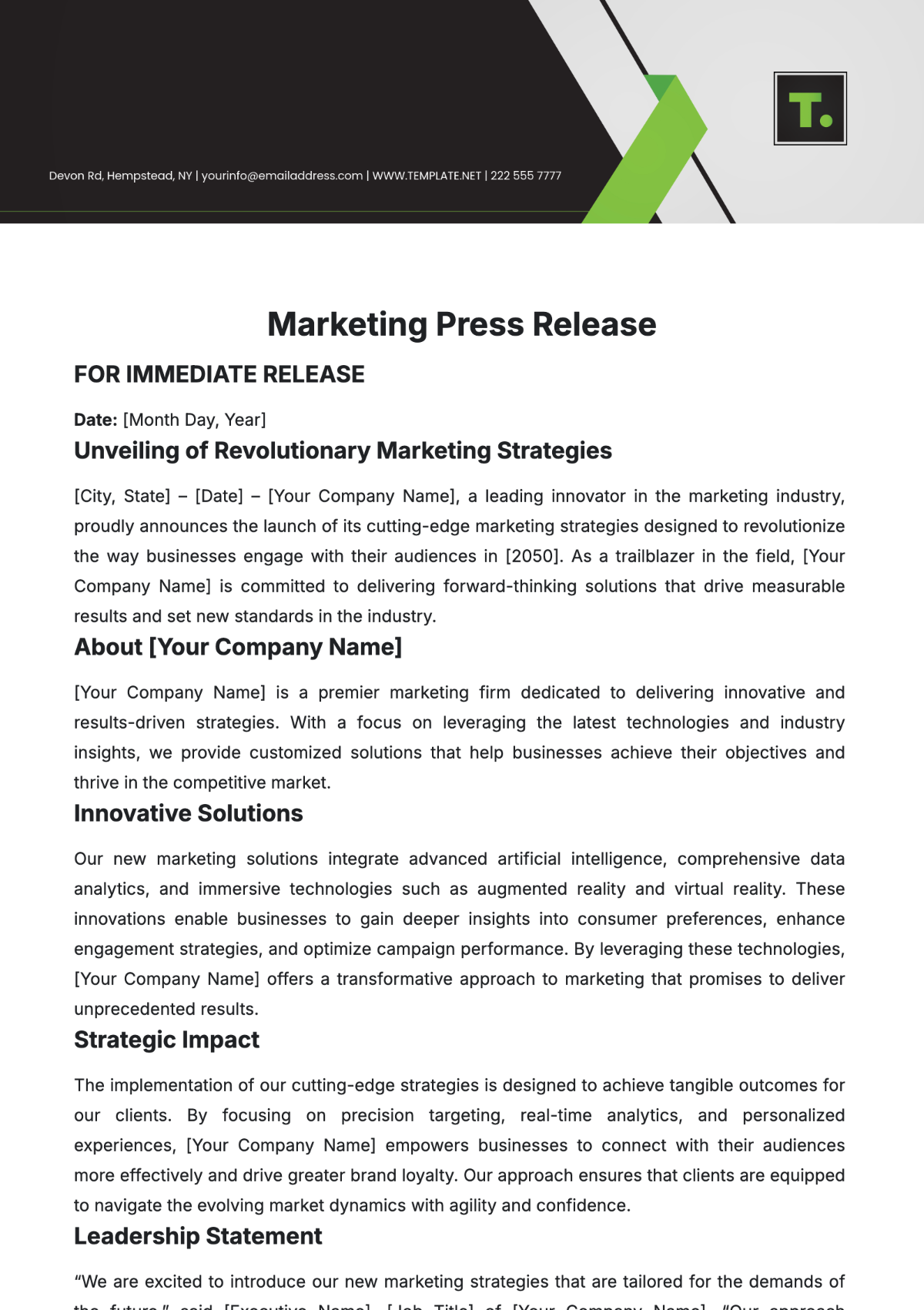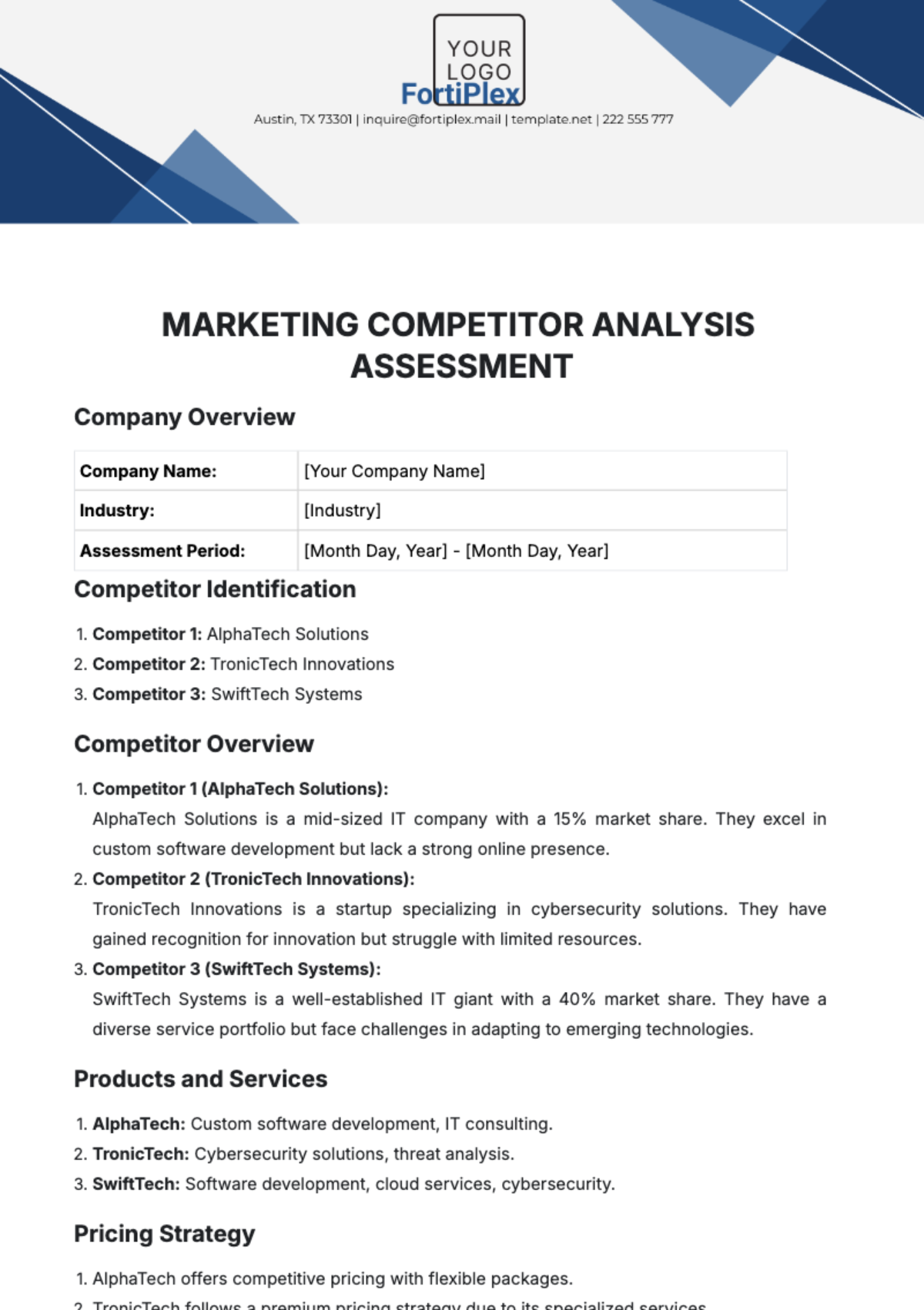Marketing Attribution Protocol
Introduction
Purpose of the Protocol
The Marketing Attribution Protocol serves as the cornerstone of our data-driven marketing strategy. It is meticulously crafted to establish a robust and systematic framework for attributing the impact of our marketing initiatives on critical business outcomes. Through this protocol, we endeavor to chart a clear path towards identifying the most potent marketing channels and ensuring the optimal allocation of our resources.
Importance of Attribution
In the ever-evolving landscape of marketing, understanding the intricacies of the customer journey and the profound influence of various touchpoints on their decisions is nothing short of paramount. It is this understanding that empowers us to craft marketing strategies that are not just well-informed but also finely-tuned for resource allocation.
Objectives
The primary objectives of the Marketing Attribution Protocol are threefold:
To attribute conversions to specific marketing touchpoints: By assigning credit accurately, we unearth the precise influence of each touchpoint, thereby illuminating the customer journey's path.
To determine the most effective channels and optimize marketing spend: Armed with this attribution knowledge, we can identify high-yield channels and optimize our budget allocation to yield maximum impact.
To improve decision-making based on data-driven insights: This protocol offers us the compass for making strategic decisions rooted in data, transforming our marketing endeavors into precision instruments that drive growth and success.
Definitions
Key Terms and Concepts
Attribution Model: A set of rules and methodologies to determine how credit for conversions is assigned to different marketing channels.
Touchpoints: Interactions a customer has with our marketing materials or brand, e.g., website visits, social media engagement, email clicks.
Conversion: A desired action taken by a customer, such as making a purchase, signing up for a newsletter, or requesting more information.
Algorithmic Attribution: An advanced attribution model that uses machine learning algorithms to distribute credit for conversions based on historical data.
Attribution Models
Overview of Available Models
Choosing the right attribution model is pivotal in understanding the impact of your marketing efforts. We offer the following attribution models to analyze the customer journey:
Last-Touch Attribution: In this model, 100% of the attribution is assigned to the last touchpoint encountered before a conversion. It emphasizes the final interactions in the customer journey, often reflecting closing actions such as purchases.
First-Touch Attribution: This model awards 100% of the credit to the initial touchpoint experienced in the customer journey. It's useful for understanding the starting point of customer engagement and awareness.
Linear Attribution: For a more balanced approach, this model distributes attribution evenly across all touchpoints in the customer journey. It provides a holistic view of the contribution of each interaction, regardless of its position in the journey.
Time-Decay Attribution: Recognizing the importance of timing, this model assigns more credit to touchpoints that are closer to the conversion event. It acknowledges that interactions closer to the conversion often have a more immediate influence on decision-making.
Selection Criteria
When choosing an attribution model, consider the following factors to ensure alignment with your business goals, customer journey, and marketing channels:
Business Goals | Customer Journey Complexity |
Choose a model that directly addresses the specific objectives of your marketing campaigns, such as driving conversions, raising brand awareness, or nurturing leads. | Assess the complexity of your customer journey. If it involves multiple touchpoints and interactions, consider a multi-touch attribution model for a more comprehensive understanding. |
Marketing Channels | Data Availability and Quality |
Different channels may have varying impacts at different stages of the customer journey. Align the attribution model with the effectiveness of these channels for a more accurate reflection of their contributions. | Ensure that you have reliable and comprehensive data on customer interactions. The chosen model should be supported by the available data sources. |
Data Sources
Identifying Sources
To comprehensively assess the impact of our marketing efforts, we must harness data from various sources. Here are key data sources to consider:
Website Analytics: Leverage tools such as Google Analytics and Adobe Analytics to gain insights into user behavior, page views, and conversion paths.
Customer Relationship Management (CRM): Utilize CRM systems like Salesforce and HubSpot to access customer data, track interactions, and understand the customer journey.
Email Marketing Platforms: Platforms like MailChimp and Constant Contact are vital for monitoring email campaign performance, open rates, click-through rates, and conversion metrics.
Advertising Platforms: Harness data from advertising platforms like Google Ads and Facebook Ads to evaluate the performance of paid campaigns, ad clicks, and impressions.
Data Collection and Management
Effective marketing attribution hinges on the accuracy and reliability of the data collected. To achieve this:
Ensure Accurate Data Collection: Implement data collection methodologies that capture relevant touchpoints, conversion events, and user interactions accurately.
Integrate Systems: Seamlessly integrate different data sources and systems to create a unified view of the customer journey. This integration enables a holistic understanding of user behavior across multiple touchpoints.
Maintain Data Quality: Consistently monitor and maintain data quality by routinely cleaning, deduplicating, and validating the data. Implement data quality checks and validation rules to ensure data accuracy.
Establish a Data Governance Framework: Develop and enforce a data governance framework that outlines data ownership, access controls, and data management protocols. This framework ensures data reliability and integrity throughout its lifecycle.
Attribution Channels
Channels and Touchpoints
Identify and categorize marketing channels:
Paid Advertising
Organic Search
Social Media
Email Marketing
Content Marketing
Referral
Channel-Specific Metrics
To gauge the effectiveness of each marketing channel, it's imperative to define channel-specific Key Performance Indicators (KPIs). These metrics provide a deeper understanding of each channel's performance and its impact on the overall marketing strategy. Here are some recommended KPIs for your consideration:
Click-Through Rate (CTR): CTR measures the percentage of users who clicked on an ad or link after viewing it. It signifies the channel's ability to engage and entice potential customers.
Conversion Rate: Conversion rate tracks the percentage of visitors who take a desired action, such as making a purchase, signing up, or requesting more information. A high conversion rate indicates the channel's power in driving actual results.
Cost per Acquisition (CPA): CPA reveals the cost incurred to acquire a new customer through a specific channel. This metric helps in assessing the channel's efficiency in delivering customers within the budget.
Customer Lifetime Value (CLV): CLV measures the total value a customer is expected to bring over their entire relationship with your business. It highlights the long-term impact of the channel in terms of revenue and profitability.
Return on Investment (ROI): ROI assesses the channel's financial performance by comparing the revenue generated against the investment made. It's a critical metric for understanding the profitability of each channel.
Engagement Rate: Engagement rate evaluates how well a channel connects with the audience. It includes metrics like likes, shares, comments, and time spent on content. A higher engagement rate indicates strong audience interaction.
Bounce Rate: Bounce rate measures the percentage of visitors who land on a page and then leave without interacting further. A lower bounce rate typically signifies more engaging and relevant content on that channel.
Click-to-Open Rate (CTOR): CTOR evaluates the effectiveness of email marketing by analyzing the proportion of recipients who clicked a link after opening an email. It provides insights into email content and subject line effectiveness.
Social Shareability: Assess the number of shares and mentions of your content on social media channels. Social shareability highlights the viral potential and reach of your content.
Lead Quality: Measure the quality of leads generated by a channel. This could involve analyzing lead demographics, lead source, and lead behavior to determine the channel's ability to attract valuable prospects.
Churn Rate: In subscription-based businesses, churn rate measures the percentage of customers who unsubscribe or stop using a service. A lower churn rate indicates a channel's ability to retain customers over time.
Attribution Methodology
Attribution Workflow
Data Collection
Data Processing
Attribution Model Selection
Attribution Calculation
Reporting and Insights
Multi-Touch Attribution
Consider using multi-touch attribution models to account for the influence of multiple touchpoints in the customer journey.
Algorithmic Attribution
Implement algorithmic attribution for more sophisticated modeling and insights.
Implementation and Reporting
Integration with Tools
Integrate attribution tools or platforms with your existing marketing technology stack.
Reporting and Visualization
Develop dashboards and reports for real-time and historical attribution analysis. Make insights easily accessible to marketing and executive teams.
Data Privacy and Compliance
GDPR and CCPA Compliance
In our unwavering commitment to respecting the privacy and data protection rights of our customers, we diligently adhere to the General Data Protection Regulation (GDPR) and the California Consumer Privacy Act (CCPA). This entails a comprehensive approach that encompasses the following key elements:
Customer Consent
We prioritize obtaining informed and freely given consent from our customers before collecting or processing their personal data. This includes clear and concise opt-in mechanisms and transparent explanations of how their data will be used. We take proactive steps to ensure that the data we collect is necessary and proportionate to the purposes for which it's intended.
Anonymizing Data
Protecting customer privacy extends beyond consent. We anonymize data whenever possible to minimize the risk of reidentification. By doing so, we preserve the confidentiality of customer information, ensuring that it cannot be linked back to specific individuals. This approach safeguards both our customers and the integrity of our data.
Data Access and Deletion Requests
We respect our customers' rights to access and control their personal data. As such, we have established clear processes for addressing data access and deletion requests promptly. Our dedicated privacy team ensures that customers can exercise their rights easily and efficiently. We maintain thorough records of these requests and actions taken, as transparency is key to building trust.
Data Security
The security of customer data and attribution results is paramount to our operations. We have instituted a robust and comprehensive security framework, incorporating the latest industry standards and best practices, to ensure the confidentiality, integrity, and availability of data. This framework includes the following elements:
Encryption
All sensitive customer data, both in transit and at rest, is encrypted using state-of-the-art encryption protocols. This ensures that even in the event of a security breach, the data remains unreadable and unusable to unauthorized parties.
Access Control
Access to customer data and attribution results is strictly controlled and limited to authorized personnel with a legitimate need to access such information. Multi-factor authentication and role-based access controls are employed to further enhance security.
Regular Audits and Penetration Testing
Our commitment to data security is reinforced by regular audits and penetration testing conducted by external security experts. These assessments identify vulnerabilities and weaknesses, which are swiftly addressed to maintain the highest level of protection.
Disaster Recovery and Business Continuity
We maintain robust disaster recovery and business continuity plans to ensure the availability and integrity of customer data, even in the face of unforeseen events. Redundancy and backup systems are in place to minimize downtime and data loss.
Employee Training
Our employees are a crucial line of defense in maintaining data security. We provide comprehensive training and awareness programs to ensure that all team members understand the importance of safeguarding customer data and can identify potential security threats.
Conclusion
In the ever-evolving landscape of marketing, attribution remains an indispensable ongoing process. It demands perpetual vigilance, evaluation, and adaptation to stay in harmony with the dynamic interplay of consumer behavior and evolving business objectives. By consistently reviewing and refining our attribution model, we empower ourselves to navigate the shifting currents of consumer preferences, ensuring that our marketing strategies remain not only effective but also in tune with the evolving market.
Continuous Improvement
To secure our position at the forefront of industry excellence, we must commit to periodic protocol reviews. By revisiting and updating our attribution model, we embrace the latest industry best practices and harness the power of emerging technologies. This ongoing pursuit of excellence guarantees that we are well-prepared to respond to market changes, seize new opportunities, and remain at the forefront of innovation. In this way, we can ensure that our marketing efforts continue to make a significant, lasting impact in the hearts and minds of our target audience.


